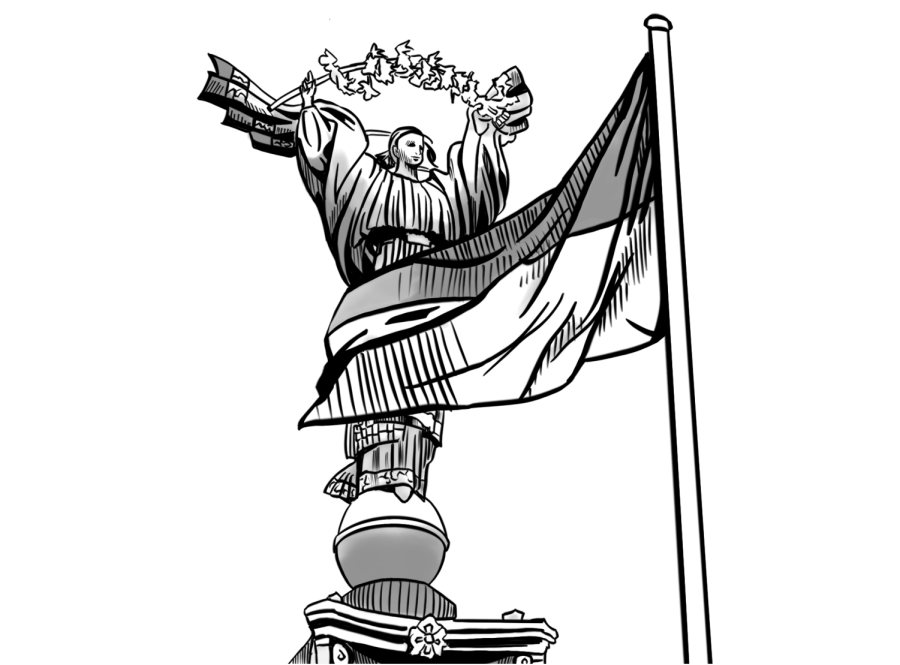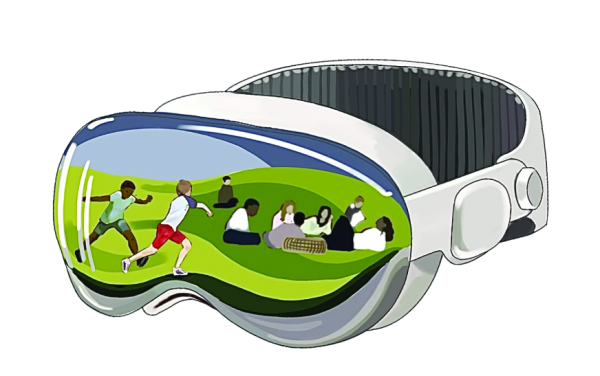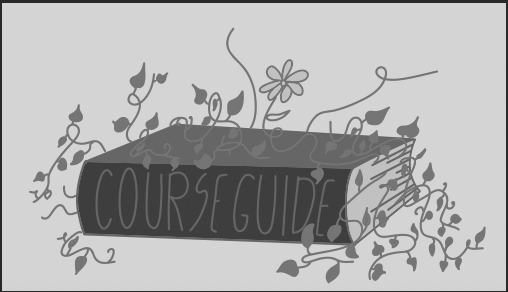War Fatigue, Claire-ified
A Ukraine flag waves in from of the independence monument.
March 22, 2023
In the Luhansk region of Ukraine, a Russian military training facility sorts recruits using colored wristbands. They are preparing to fight in the trenches at Bakhmut, an eastern Ukrainian city that’s been a focal point of Russia’s invasion. But these recruits are a far cry from the professional and civilian units that Russia has relied on throughout much of its year-long war with Ukraine.
The white and red wristbands do not correspond with missions or assigned roles. They represent fatal diseases — and they belong to prisoners. Every single soldier at this facility has either HIV or Hepatitis C, along with a criminal record.
Most of the prisoners are sent to the front line, where their units make gains of a few hundred yards before they are killed. They have no body armor, long-term training or permission to retreat. But they have numbers, and in Bakhmut, that has been enough to prevent a Ukrainian victory.
Ukraine is not a revisionist, authoritarian country. It isn’t willing to mislead both healthy citizens and ill prisoners by convincing them to sign up for suicide missions that gain territory at the expense of thousands of lives. Despite this lack of cannon fodder, Ukraine has been able to stay on its feet for one key reason: Western support.
Anti-aircraft munitions, grenades, intelligence equipment and other forms of aid provided by the U.S. are worth billions of dollars. America has served as the financial and technological backbone of the Ukrainian war effort, providing more aid than any other country and convincing NATO allies to contribute. And as Russia relies on dying prisoners to make up for its lack of sophisticated technology, Ukraine and the West have a perfect window of opportunity.
If Ukrainians continue to receive increasingly advanced weapons like long-range missiles and heavy tanks, they can finally secure decisive victories in strategic hubs like Bakhmut — before their casualties and small numbers give Russia the upper hand.
But at this crucial moment — right when the U.S. can and must step in to help push Russia out of Ukraine once and for all — key American political figures have decided that they’re too tired of the fighting.
In an interview with Tucker Carlson, Florida Governor Ron DeSantis said protecting Ukraine is not a “vital national interest,” arguing that America should spend its budget and effort on domestic projects and stop sending aid to Ukraine. Former President Donald Trump expressed an even more ludicrous version of this sentiment, saying that Russia is “not the greatest threat” and promising to fire State and Defense Department officials who have championed support for NATO and Ukraine if he is elected in 2024. On the other side of the political spectrum, Congresswoman Ilhan Omar carried her anti-war sentiment to Ukraine, criticizing the extent of U.S. military aid.
This war fatigue comes at an utterly confusing moment. Russia started this war, and the violence that they have inflicted and would continue to inflict upon a withdrawal of American aid is unimaginable.
Ukraine’s perseverance throughout a year of war with Russia should be encouraging for the U.S. — we are bringing one of our greatest adversaries to its knees and supporting democracy, helping an ally maintain its sovereignty. The war has secured advantages for America on the international stage, reducing foreign dependence on Russia and bringing the U.S. closer to its European allies.
A choice to stop fighting would give Putin’s army the time it needs to heal and then inflict more damage on Ukraine and the world. Allowing a Russian victory by withdrawing aid is not worth the “America first” rallying cries, the short-term campaign promises, or the destruction of American credibility and success on the international stage. It’s time to deal the final blow.






































